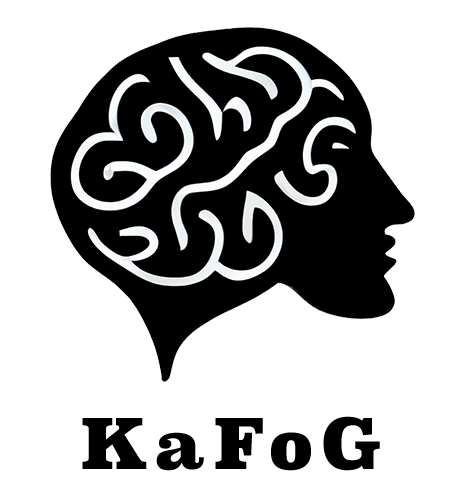The evolving landscape of generative AI and strategic maneuvers by tech giants are shaping the future of artificial intelligence. Microsoft’s recent actions, particularly its shift towards Databricks, raise questions about the dynamics between the tech giant and OpenAI. In this article, we delve into the implications of Microsoft’s moves, their partnership with Meta, and the challenges it poses to OpenAI’s ChatGPT and the broader generative AI landscape.
Microsoft’s Databricks Gambit
Microsoft’s recent exclusive announcement, reported by The Information, revealed a significant development in the world of AI. The tech giant plans to offer a new version of Databricks’ software, designed to facilitate the creation of AI applications for businesses. This software will be available through Microsoft’s Azure cloud-server unit, allowing companies to build AI models from scratch or repurpose open-source models, potentially sidestepping the use of OpenAI’s proprietary solutions1.
Strained Relations with OpenAI
The rift between Microsoft and OpenAI is becoming increasingly evident. While OpenAI has not taken any actions to provoke Microsoft, it appears that Microsoft’s primary focus has shifted towards its Azure services, potentially contributing to the growing divide between the two entities1.
Challenges Faced by OpenAI
Despite OpenAI’s aspirations to secure financial support for building advanced AI systems and eventually achieving AGI (Artificial General Intelligence), it has faced challenges in gaining the trust of enterprises. Several large tech companies, including Apple, Spotify, Wells Fargo, Samsung, JP Morgan, and Verizon, have opted out of using ChatGPT for their employees, indicating a lack of awareness and trust among enterprise customers1.
Azure-Databricks and OpenAI Technology
Interestingly, Microsoft is utilizing OpenAI’s technology to create a chatbot similar to ChatGPT for the Azure-Databricks service. This chatbot aims to assist less tech-savvy users in navigating Databricks’ software, originally designed for advanced data scientists. Consequently, Microsoft’s clients may find themselves gravitating towards open-source models instead of closed-source alternatives from OpenAI, suggesting a possible shift away from OpenAI1.
Microsoft’s Pursuit of Partnerships
Microsoft’s collaboration with Meta appears to have strained its relationship with OpenAI further. The partnership with Meta is creating a competitor for OpenAI’s closed-source models, potentially altering the dynamics in favor of Microsoft1.
Azure’s Bid for AI Dominance
By offering Databricks services on Azure, Microsoft is following a strategic approach similar to Amazon Web Services (AWS), seeking to provide a comprehensive array of AI options to its enterprise customers. This strategy includes potential expansion by offering open-source models like MPT-30B on Azure cloud, making it a one-stop destination for AI solutions1.
Microsoft’s strategic moves in the AI landscape, including its focus on Databricks and partnerships with companies like Meta, have significant implications for OpenAI and the broader generative AI field. The dynamics between these tech giants will continue to evolve, reshaping the competitive landscape and the future of AI.

